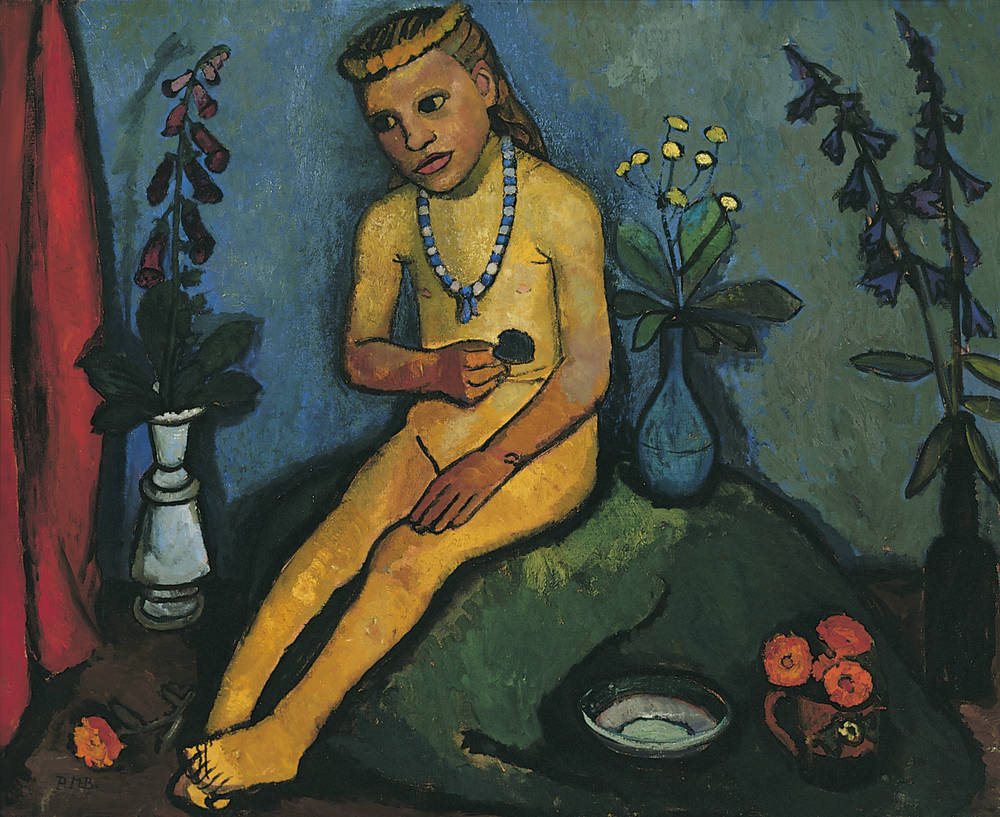
TRAUMGEKRÖNT
eine Reise durch die Romantik mit Klavier und Klarinette
a journey through romance with piano and clarinet
Carl Maria von Weber (1786 – 1826) | 13´
7 Variations on a Theme from Silvana, Op 33 (1811)
Ludwig van Beethoven (1770 – 1827) | 14`
Piano Sonata No. 27 in E minor, Op. 90 (1814)
Franz Schubert (1797 – 1828) | 5´
Ballet music from Rosamunde (1823)
for clarinet and piano by M.UCKI
Robert Schumann (1810 – 1856) | 10´
Fantasiestücke op. 73 (1849)
—
Richard Wagner (1813 – 1883)
aus “Tristan und Isolde” (1857 – 59)
Hirtensolo for Tarogato solo | 5´
Liebestod Arr. for Piano solo by Franz Liszt | 8´
Gustav Mahler (1860 – 1911) | 7´
2 Songs for clarinet and piano from Ronald Kornfeil
I. Verlorne Müh’ from “Des Knaben Wunderhorn” (1892 -98)
III. Rheinlegendchen from “Des Knaben Wunderhorn”
Johannes Brahms (1833 – 1897) | 20´
Sonata for Clarinet and Piano No. 2 in E flat major op. 120/2 (1894)
Encore
Alban Berg (1885 – 1935) | 2´15´´
from seven early songs “Traumgekrönt” (1905 – 1908)
for clarinet and piano
Cast
Mako Okamoto – piano
Dirk Altmann – clarinet and tarogato
Tags

For this programm my pianist Prof. Mako Okamoto and I received the Aoyama Music Award at 18 March 2023.
The Aoyama Music Award is a prestigious Japanese music prize that is awarded once a year. The winners are honoured for their achievements and their potential for the further development of music.
Programm note
The title ‘Traumgekrönt’ comes from a volume of poetry by Rainer Maria Rilke (1875-1926) from 1896. It is about love beyond death. We also find it in the famous ‘love-death’ of ‘Tristan and Isolde’, which we will hear after the break. The confrontation with death and the ‘transcendental’ is a central development of romanticism. The clarinet is the outstanding instrument of romantic intonation. The sound can effortlessly arise from ‘nowhere’ and disappear again. It plays a leading role in Carl Maria von Weber’s opera ‘Der Freischütz’, Franz Schubert adds one to a singer’s part in his song ‘Der Hirt auf dem Felsen’ and Robert Schumann, in the happiest time of his life, surrounded by playing children, writes his enchanting fantasy pieces op. 73 in just three days.
The development of the fortepiano into today’s grand piano also took place during the Romantic period. Ludwig van Beethoven, in particular with his Piano Sonata op. 27, paved the way for the later piano sonatas of Franz Schubert. Franz Liszt was then the undisputed star of the piano in the salon and in the concert hall. His version of Richard Wagner’s ‘Liebestod’ from the opera ‘Tristan and Isolde’ is still a major challenge for today’s pianists.
The two sonatas op. 120 by Johannes Brahms unite clarinet and piano in a symbiosis never achieved again. They are not only a late work in Brahms’s oeuvre, the sonata in E-flat major also marks the end of the romantic music era.
In 1811, Carl Maria von Weber (1786-1826) was forced to flee from Stuttgart to Munich due to unpaid debts. There he met the best clarinettist of his time, Heinrich Joseph Baermann (1784-1847). than in 1811 Weber wrote two clarinet concertos, a concertino and variations for Baermann. The virtuoso clarinet ornaments are remarkable, but they were added by Baermann’s son Carl, who also became a very famous clarinettist.
With the piano sonatas of Ludwig van Beethoven (1770 – 1727), a first milestone in solo piano composition was reached. The Piano Sonata op. 27, composed in 1814, is often referred as the ‘romantic’ one. Beethoven used german movement designations for the first time here. His interpretation notes confirm a deeply ‘romantic’ character. Despite the two-movement structure, it is reminiscent of the great piano sonatas of Franz Schubert in form and style.
One of the greatest wishes of the probably most famous composer of art songs, Franz Schubert (1797 – 1828), was to write a successful opera. Unfortunately, his numerous attempts were repeatedly bitterly disappointed. However, quite a few of his opera scores have survived in other forms. A wonderful example of this is the music for the play ‘Rosamunde’.
In 1849, Robert Schumann was experiencing the happiest time of his life. A veritable cornucopia of compositions emerged during this period. He wanted to deepen his knowledge of wind instruments with works for oboe, clarinet and horn.
The work of Richard Wagner is at the centre of any examination of ‘Romantic’ music. In particular, the opera ‘Tristan and Isolde’ combines text and music to create a unique synthesis of the arts. For the shepherd solo, Wagner explicitly requested not the English horn that is obligatory today, but a ‘natural’ wind instrument. The conductor Gustav Mahler used the Tarogato for his performances in Budapest. The Tarogato is related to the saxophone, but is made entirely of rosewood.
Gustav Mahler’s (1860 – 1911) ‘Wunderhornlieder’ are mostly heard today in the orchestral version. Originally, however, they were composed as piano songs. In Mahler’s orchestration, the clarinet is used in a wide range of tunings. Mahler often uses it for folk-like music-making. This is also the case in his symphonies.
Johannes Brahms (1833-1897) had actually already stopped composing when he met the clarinettist Richard Mühlfeld. Richard Mühlfeld was the solo clarinettist of the Meiningen Court Orchestra, at that time one of the leading orchestras in Europe. In fact, the Sonata in E-flat major is one of his last works. In this Sonata, Brahms looks back on his life in a cheerful and relaxed manner. The variations in the third movement seem almost defiant, with nothing more to add, except of a finishing coda.
Even the great epoch of romantic music needs a coda. Alban Berg (1885 – 1935) once again follows in the footsteps of his predecessors in his ‘Seven Early Songs’. In ‘Traumgekrönt’ (Dream-crowned), white chrysanthemums point the way of love into the beyond – into transfiguration.